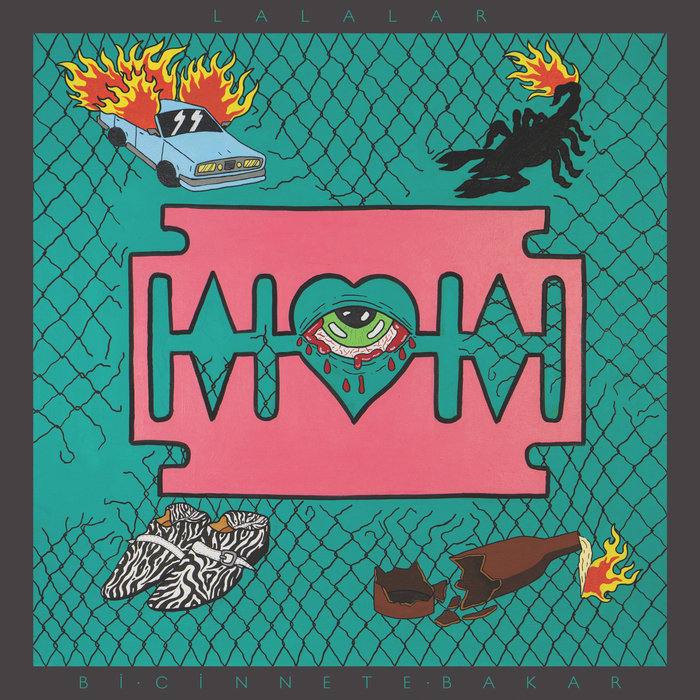
Abla Deme Lazım Olur – Lalalar
this blog is GROOVY – check out great Soul, Funk, Jazz, Hip Hop, Bass, Breaks , Reggae, House n many more TUNES
Turkish Pop, or Türk Pop Müziği (TPM), is a vibrant and ever-evolving genre that blends elements of traditional Turkish music with Western pop influences. Its history is a colorful tapestry woven with threads of cultural exchange, technological advancements, and the irresistible pull of catchy tunes.
The Ottoman Roots:
Long before the advent of modern recording technology, Turkish music was heavily influenced by the Ottoman Empire. Melodies like “Semazen” and “Münâcât” resonated with the spiritual and cultural fabric of the time. Early Turkish music relied on traditional instruments like the saz, the kaval, and the ud, crafting a unique soundscape.
The Rise of “Pop” in the 20th Century:
The 20th century witnessed a seismic shift in Turkish music with the arrival of Western influences. Radio broadcasts and gramophone records introduced Turkish audiences to styles like jazz, swing, and rock ‘n’ roll. This cultural exchange gave birth to “Yeni Türkü,” a genre that fused traditional Turkish rhythms with modern Western arrangements. Pioneers like Barış Manço, with his iconic song “Halay”, and Selda Bağcan, known for her powerful vocals, became cultural icons, bridging the gap between tradition and modernity.
The Golden Age of Turkish Pop (1970s-1990s):
The 1970s marked a golden age for Turkish Pop. The emergence of ” arabesk”, a style characterized by its melancholy melodies and soulful vocals, captured the hearts of a generation. Orhan Gencebay emerged as the undisputed king of Arabesk, his music resonating deeply with Turkish audiences grappling with political and social changes.
The Dawn of Modern Turkish Pop:
The 1990s and 2000s saw a further evolution of Turkish Pop, with the rise of pop-rock bands like MFÖ and Tarkan taking the genre to new heights. Tarkan’s global success with his hit song “Şımarık” cemented his status as a Turkish pop icon, demonstrating the genre’s global appeal.
Funny Facts:
The “Şımarık” Dance: Tarkan’s hit song “Şımarık” became a viral dance craze, inspiring countless imitations and hilarious parodies.
The “Semazen” Spin: Traditional Semazen performances involve whirling dervishes, who spin rapidly for extended periods, showcasing the mesmerizing power of Turkish music. Some say the whirling dervishes spun so fast they actually took off! (Okay, maybe not, but it’s fun to imagine!)
The “Arabesk” Hair: Arabesk musicians, particularly in the 1980s, were known for their distinctive, often extravagant hairstyles. The “Arabesk hair” became a cultural phenomenon, inspired by the dramatic and emotional nature of the genre.
Turkish Pop Today:
Today, Turkish Pop continues to evolve, incorporating new sounds and styles while embracing its rich heritage. From the electronic beats of Ajda Pekkan to the modern pop sensibilities of Hadise, the genre continues to enthrall audiences across generations.
As Turkish Pop continues its journey, one thing is certain: its vibrant mix of tradition and modernity, coupled with its infectious energy, will continue to inspire and entertain for years to come.

Abla Deme Lazım Olur – Lalalar